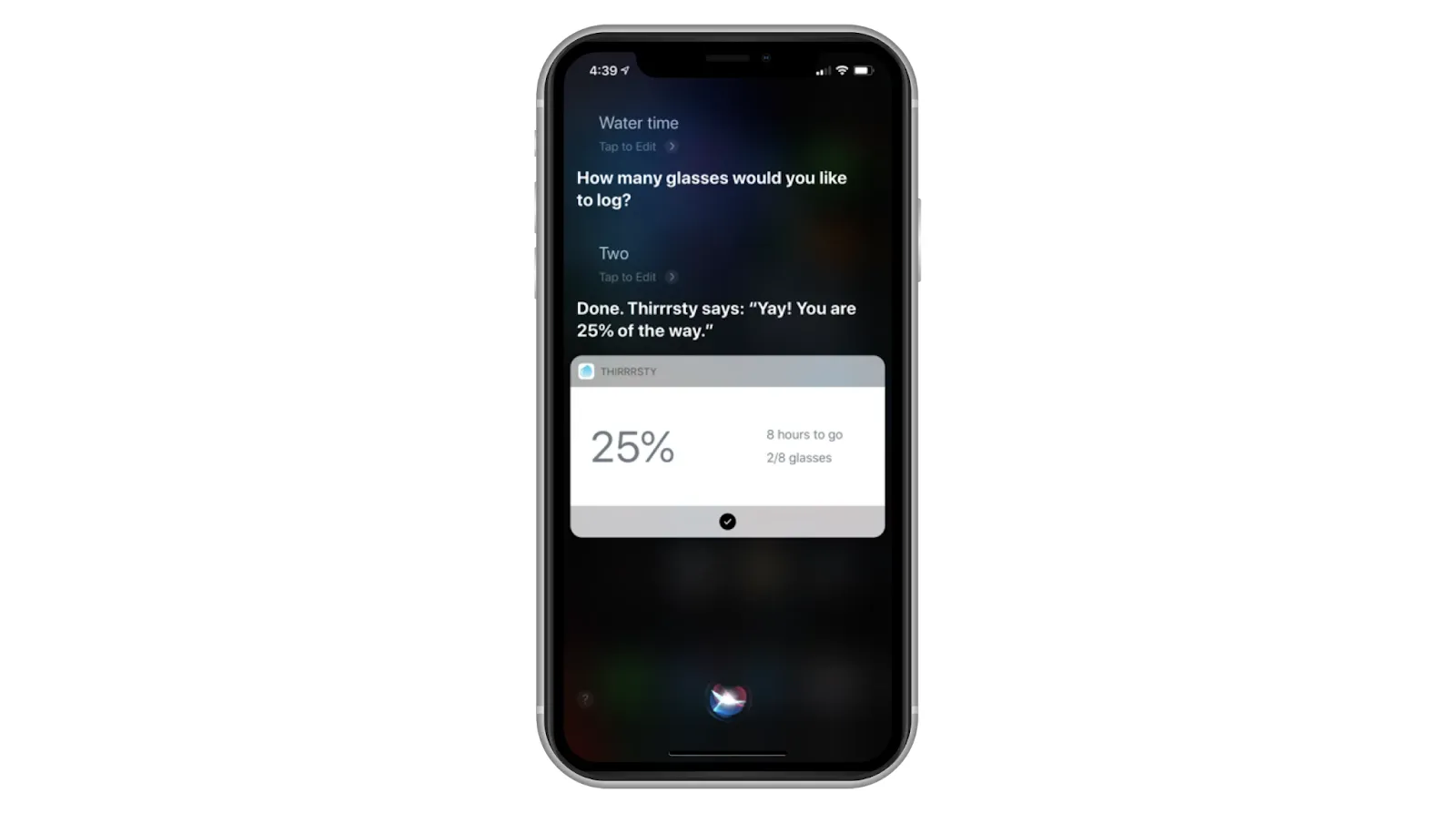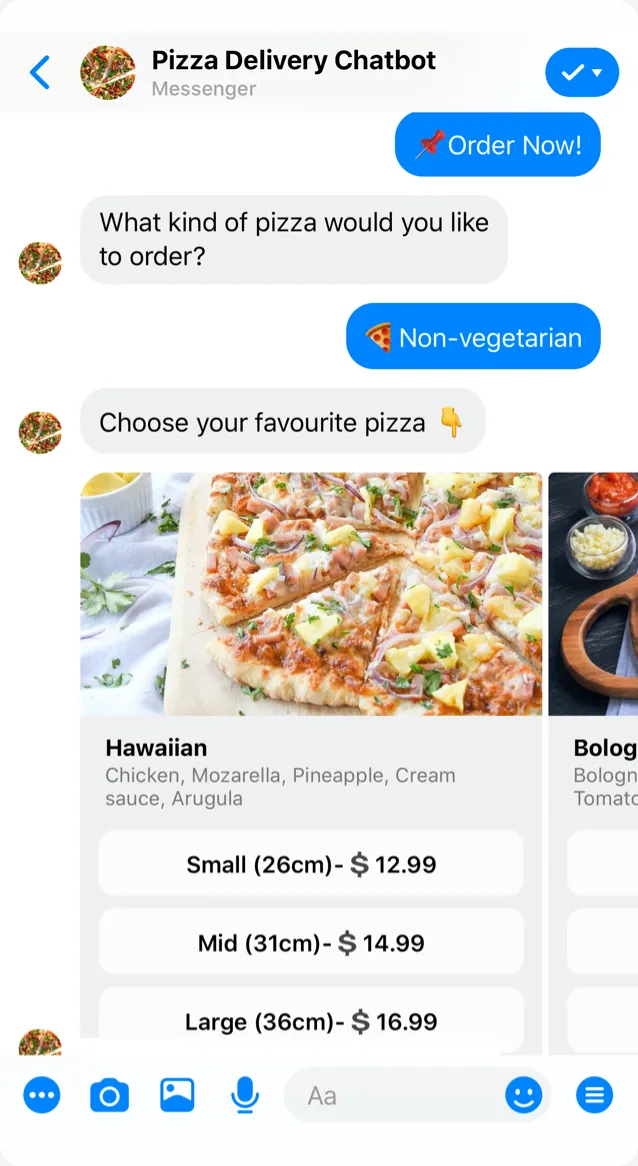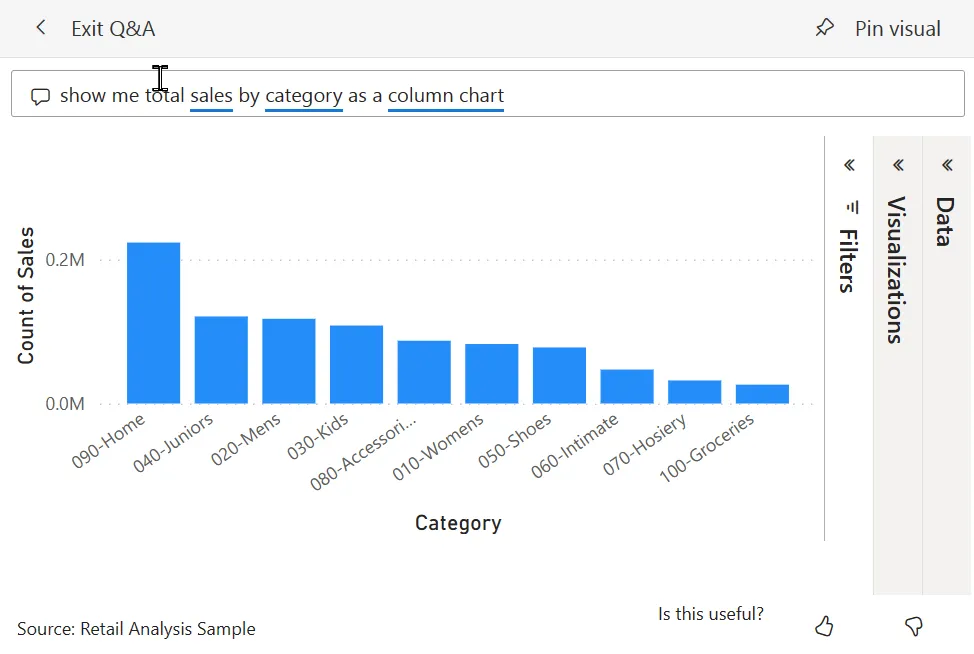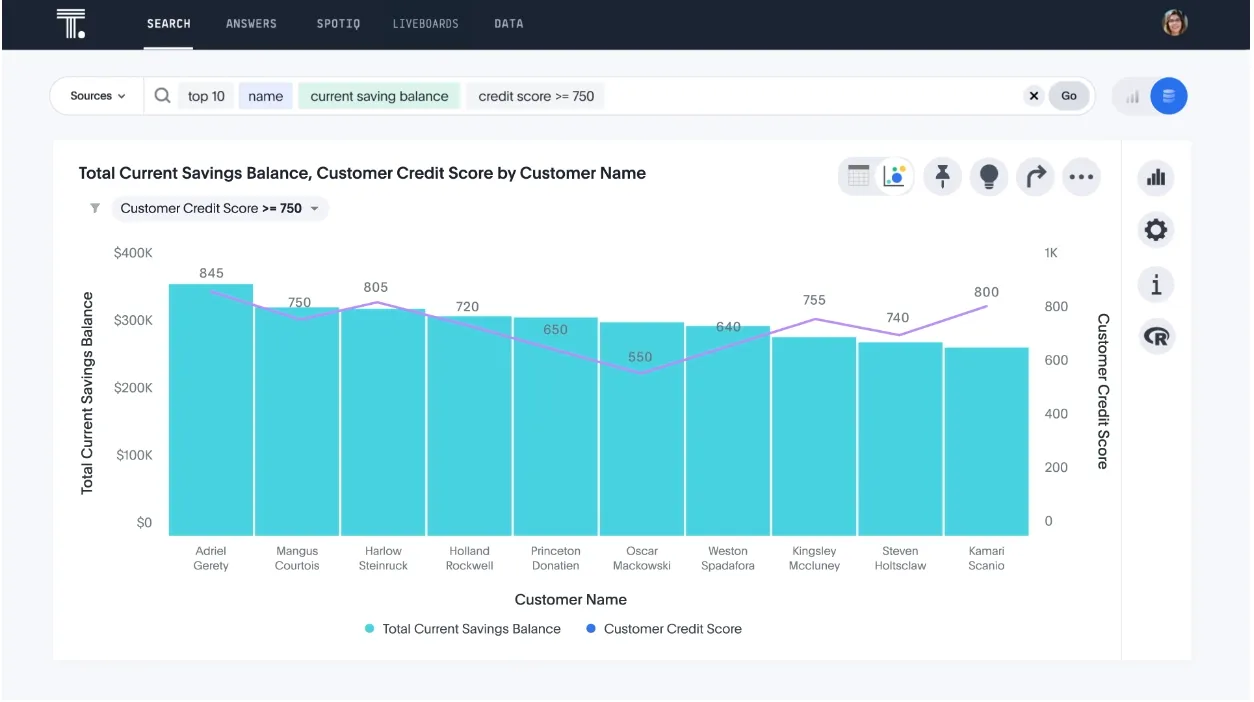Mapping the History of Chatbots


At GoodData, we’ve been exploring the potential of AI in analytics since the early days of AI. While a chatbot isn’t the only representation of AI, its potential for analytics is immense, especially when tailored to the right users and use cases.
This article is part of our AI series, in which we share our journey and progress with AI in analytics.
Early Developments
The history of chatbot interfaces dates back to the 1960s, when MIT computer scientist Joseph Weizenbaum created the first chatbot, ELIZA. ELIZA was designed to simulate a conversation with a psychotherapist using pattern matching and substitution methodology.
Despite its simplicity, ELIZA demonstrated the possibility of human-like conversations with machines, marking the beginning of Natural Language Processing (NLP) and paving the way for future advancements in chatbot technology.

A conversation with the chatbot Eliza; source: Wikipedia
A conversation with the chatbot Eliza; source: Wikipedia
The evolution of chatbots advanced significantly in the 21st century with the rise of the internet. The early 2000s introduced more intelligent chatbots like SmarterChild, which operated on AOL Instant Messenger and MSN Messenger. These chatbots offered basic conversational interactions, such as retrieving information and playing games.

A conversation with the chatbot SmarterChild in pidgin messenger, By See http://www.pidgin.im — Own work by the original uploader, GPL, wikimedia
A conversation with the chatbot SmarterChild in pidgin messenger, By See http://www.pidgin.im — Own work by the original uploader, GPL, https://commons.wikimedia.org/w/index.php?curid=2541912
Did you know that we treat computers and other devices like people? Clifford Nass describes this phenomenon in the book The Man Who Lied to His Laptop
Modern Chatbots
With the advent of machine learning and deep learning technologies in the 2010s, chatbots became even more advanced. Virtual assistants like Apple’s Siri, Amazon’s Alexa, and Google’s Assistant integrated voice recognition and more natural conversational capabilities, transforming user interactions with technology. However, these chatbots often struggled to follow conversations coherently and frequently misunderstood questions.

Example of a conversation with Siri by Conversational Siri with iOS 13.0 | by Abdul Aljebouri
Example of a conversation with Siri by Conversational Siri with iOS 13.0 | by Abdul Aljebouri
Around 2018, the peak of conversational platforms like WeChat and Messenger brought forward the idea of chatbots as an interaction channel with businesses and services. Some companies have aimed to reduce the human load on communication between businesses and their customers.
Others intended to boost their business by providing an additional channel for customer interaction. However, the flow of these conversations was greatly limited, and any deviation quickly led to errors.

Pizza order using a Messenger-based chatbot, Image source
Pizza order using a Messenger-based chatbot, Image source: https://templates.botstar.com/chatbot-template/pizza-delivery-chatbot
These chatbots were usually made using a decision tree algorithm. The algorithm is based on a set of rules, which are predetermined based on the user’s potential questions or actions. The chatbot uses the decision tree to navigate through the conversation, providing accurate and relevant responses to the user.
The Leap Forward
The introduction of ChatGPT in late 2022 marked a significant leap forward in chatbot technology. Leveraging a Large Language Model (LLM), ChatGPT enabled open-ended conversations with detailed and nuanced responses on a wide range of topics for the first time.
On the other hand, today’s LLMs are not a silver bullet that would magically make the chatbot work out of the box. Here are a few of the most prominent obstacles we have encountered:
- LLM-driven chatbots can generate text that seems coherent but may not fully grasp the context or nuances of a conversation, leading to inappropriate or incorrect responses.
- LLMs do not really “understand” the information. They rather predict text based on the patterns learned from training data. This can lead to incorrect inferences or even fabricated facts. Such behavior is then called a hallucination.
- The models are trained on vast datasets containing biases, outdated information, or inaccuracies, which can generate biased or incorrect outputs.
- The total cost of ownership of an LLM-driven chatbot is quite high. Even open-sourced models require a large amount of resources to run at scale.
Chatbots in Analytics
Chatbots have a long history in analytics. In the pre-AI era, analytics platforms often offered template-based Natural Language Queries (NLQ), which were strict in structure and limited in conversational capability. An example of this is Power BI’s Q&A functionality.

Example of natural language query in Power BI, source: Power BI docs
Example of natural language query in Power BI, source: Power BI docs
Some analytics platforms focused on business users heavily invested in NLQ and natural search capabilities. Still, their users could not lead a proper conversation about the data.

Example of natural language query in Thoughtspot, source ThoughtSpot website
Advancements with Generative AI
With the rise of generative AI, chatbots have become significantly more capable of answering diverse questions about data. These modern chatbots can converse about data and uncover insights that are typically hard to spot. As a result, analytics platforms have begun integrating these advanced chatbots into their products.
As an example, GoodData’s AI-enabled chatbot offers the following capabilities:
- Answer specific data-related questions in plain language, with the option to further discuss them in a conversation.
- Search for existing analytical objects.
- Generate analytical objects like metrics and visualizations instantly.
Thanks to the power of AI (specifically large language models), the chatbot can handle synonyms and keep the conversation context.
This is, however, not the only area of how to use AI-enabled chatbots in analytics. A few possibilities we have explored so far include the usage of chatbots for:
- Creation and maintenance of analytics (a.k.a. analytics copilot)
- Operations of the analytics platform
- AI Assistants in external tools like Slack
Want to learn more?
Are you interested in AI and chatbots? Share your thoughts on our Slack channel for deeper discussions. Together, we can drive the next wave of innovation in analytics!
In the next article I’ll show you the 6 Principles of a Successful (Analytics) Chatbot!


